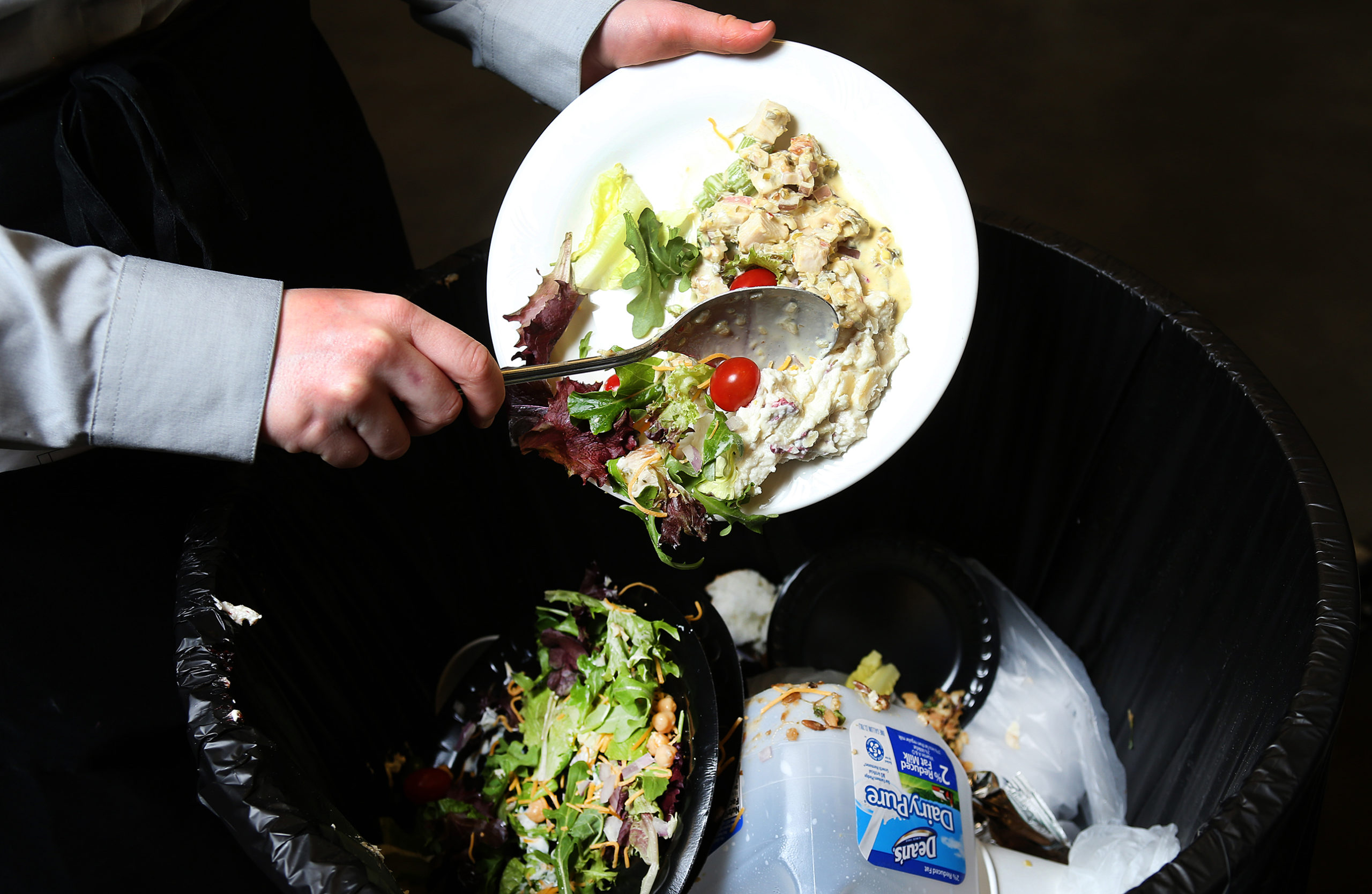UN Sustainable Development Goals aim to halve global food waste by 2030.
Some 931 million tonnes of food goes to waste each year, with between 8-10% of global carbon emissions linked to unconsumed produce, according to a UN report.
About 17% of global food production may go wasted, according to the UN Environment Programme’s (UNEP) Food Waste Index Report 2021.
Food waste burdens waste management systems, increases food insecurity and is a major contributor to the global problems of climate change, biodiversity loss and pollution.
Reducing food waste at all levels – consumer and domestic – could therefore have significant environment, social and economic benefits.
This ambition is enshrined in UN Sustainable Development Goal (SDG) 12.3, which commits countries to halving per capita global food waste at the retail and consumer level by 2030.
The Food Waste Index is the first of its kind to highlight the scale of the problem. Indeed, it suggests that global food waste could be more than twice the size of earlier estimates.
Previous studies indicated that consumer food waste was exclusively a problem in developed countries, with production, storage and transportation losses thought to be particular issues in the developing world.
However, the report found that household food waste per capita is similar across high-income, upper middle-income and lower-middle income countries. There was insufficient data on low-income ones.
The UN’s Food and Agriculture Organization (FAO) estimates that 690 million people went hungry in 2019, with these figures likely to rise post-COVID.
With food insecurity affecting so many people across the world, the World Economic Forum’s Incentivizing Food Systems Transformation report argues that a transformation of the food sector is required to establish sustainable, nutritious and healthy food systems.
It estimates that food loss and waste costs the global economy $936 billion a year. Overall, food systems cost society $12 trillion dollars in health, economic and environmental costs – which is 20% more than the market value of food systems.
The report outlines how food systems transformation can be incentivized, including by repurposing public investment and policies; redesigning business models; getting investors to set higher standards for companies; and encouraging consumers to shift demand to more socially-responsible products.

At government level, the Food Waste Index encourages countries to use its methodology for measuring food waste – at household, food service and retail level – in order to guide national strategies for food waste prevention and track progress towards the 2030 goals.
Food-related businesses such as supermarkets can do their bit towards reducing waste by maintaining the quality and safety of produce, using the least amount of energy possible. Internet of Things technology, for example, can be used to monitor both storage temperatures and stock levels for food retailers.
But there are also many things that can be done at consumer or household level, with the FAO suggesting a range of ways to waste less food, for example by adopting a healthier diet, only buying what you need and storing food wisely.
Understanding food labelling is also helpful. ‘Use by’ tells you the date up to which food is safe to be eaten, while ‘best before’ indicates that the food’s quality is best prior to that date, although it is still safe to be eaten afterwards.
People are also encouraged to take smaller portions and love leftovers, so anything left can be frozen for later or added as ingredients in another meal. Food scraps can also be composted, giving nutrients back to the soil and reducing your carbon footprint.
Buying local produce enables consumers to help fight pollution by reducing delivery distances, while eating at least one non-meat based meal a week can also cut emissions associated with livestock farming.
Any excess food can also be shared or donated – through in-person donations at food banks, informal sharing with friends and family, or via apps such as Olio.
This article was originally published on World Economic Forum under Creative Commons Licence.
The views and opinions expressed in this article are those of the author and do not necessarily reflect the views of Vision of Humanity.